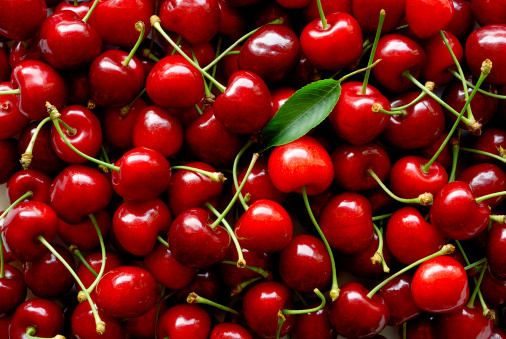



Article by: Hari Yellina
Many cherry-producing locations in the northern hemisphere have had a difficult growing season. Cold weather and heavy rains in North America have caused certain places to lose up to 50% of their regular yield, while similar conditions in Italy and Spain have resulted in severe losses in other areas. Others have been less affected, with the Netherlands, Germany, and France all looking promising for cherries. Meanwhile, in Oceania, the season looked promising, and Chile continued to grow its shipments year after year to maintain its position as the world’s top exporter of fruit.
The Betuwe cherry season began in the Netherlands at the beginning of this month. A Dutch cherry grower says the season is off to a fantastic start, with the following two months looking optimistic. “We had little problems with the night frost in April. The hailstorms of a few weeks ago, on the other hand, did inflict considerable damage. Cherries were damaged on one side of our orchard, but I believe they will recover. We were fortunate in that we had covered a considerable portion of the orchard; otherwise, the situation would have been considerably worse. I’m looking forwards to a fantastic cherry season.”
The Ferrovia cherry harvest is in full swing in Apulia, while the last of the Bigarreau and Giorgia cherries are being gathered. The recent warm weather has caused the fruit to ripen more quickly, resulting in more produce available for sale. The Ferrovia cultivar has a price range of 1.80-2 €/kg. Orders are still coming in, though they aren’t as high as they were in prior years on a national and European level.
Early cherry harvesting is underway in the province of Verona. In the Val D’Alpone, a group of 15 farmers is generating outstanding results. Sweet Aryana is one of the kinds now being harvested. The cherry orchards are grown between 150 and 400 metres above sea level. In these places, the harvest begins around 10 May, or somewhat earlier, and lasts until the end of June. “We only sell sizes 26 and higher. Prices for 26-28 calibre were 4-5 euro, 5-6 euro for 28-30 calibre, and up to 7 euro for the best batches of 32-34 calibre. We sell about 60 tonnes of cherries per year in total.”
The off-season for cherries in Australia and New Zealand is currently underway, with early-season types resuming in October and lasting until February/March. In 2021-22, New Zealand had an excellent export season; towards the end of the season in March, it was reported that cherry exports had continued their current year-on-year improvement, with 3,219 tonnes compared to 2,508 tonnes in the previous season. Taiwan (1,404t) received the most supply this year, followed by China (571.5t) and Vietnam (571.5t) (462.5t).
In Australia, despite an unusual weather incident that reduced production, a Tasmanian cherry grower claimed that the summer was another strong season for the company. “We had a day and a half of heavy rain halfway through the season. In around 20 hours, we got about 35 millimetres of rain, and I estimate we lost around 30 tonnes. We would have had a huge year if it hadn’t happened, but we still did 90 tonnes. It would have been ideal if it hadn’t happened, but when it comes to cherries and groundwater, there’s not much you can do. Apart from that, the fruit was excellent. The summer was warm, and the fruit quality was excellent, but we lost a lot of the big items during that time.”